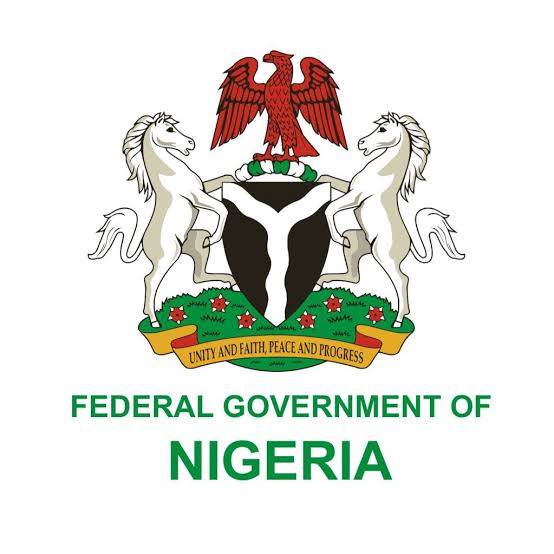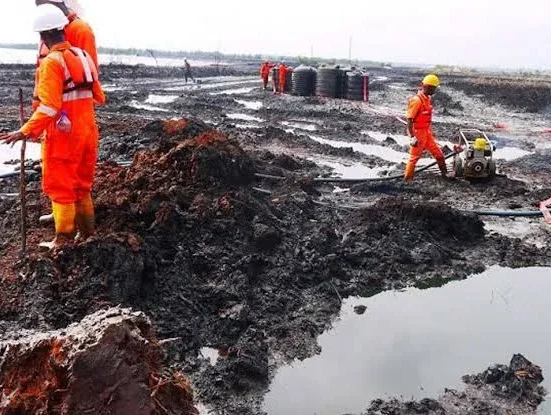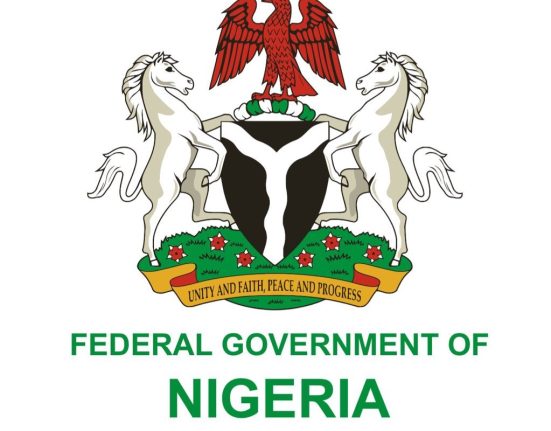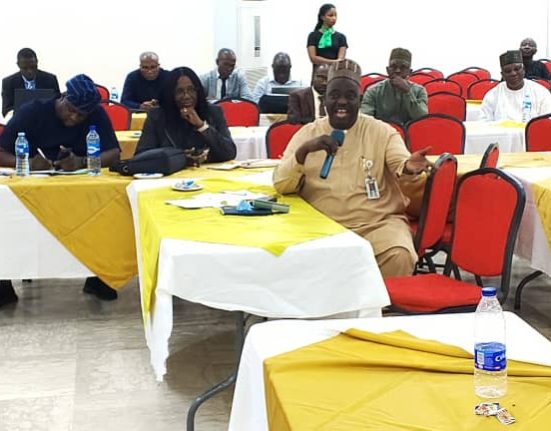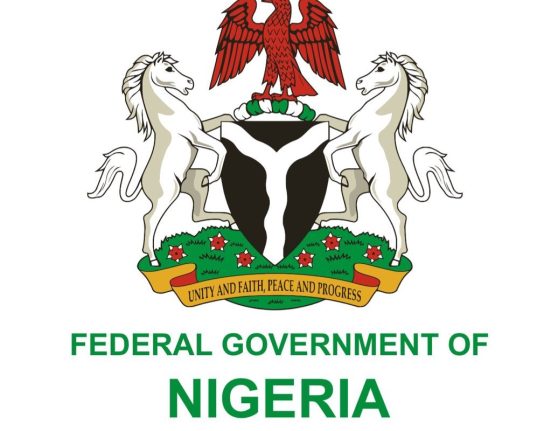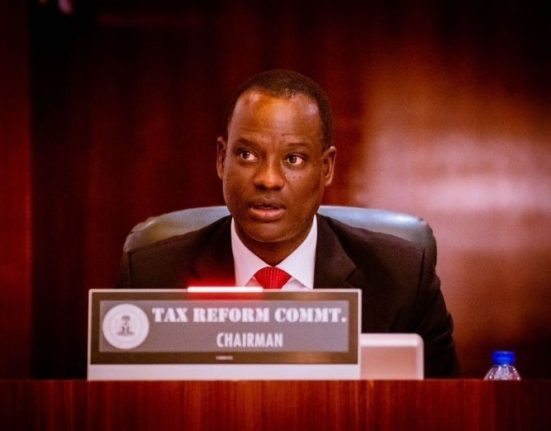The Federal Government has provided an update on the Lagos-Badagry Expressway and its connection to the broader Abidjan-Lagos Corridor Highway, a major infrastructure initiative aimed at enhancing regional connectivity across West Africa.
In an interview with journalists on Thursday, Mrs. Olukorede Kesha, the Federal Controller of Works in Lagos, clarified Nigeria’s role in the regional highway project. She explained that Nigeria’s section of the Abidjan-Lagos Corridor Highway spans 79 kilometers, stretching from Eric Moore in Lagos to the Seme Border.
Kesha emphasized that the Lagos-Badagry Expressway is a critical part of this larger project, noting that the federal government is overseeing the construction of the highway segment. “The existing Lagos-Badagry Expressway is a project of the Federal Government of Nigeria. To be clear, the road spans about 79 kilometers from Eric Moore,” she said.
The Abidjan-Lagos Corridor Highway, which is expected to cover a total of 1,028 kilometers across five West African countries, will greatly improve transport and trade flows in the region. Kesha revealed that the section of the highway running from Agbara to the Seme border (46.2 kilometers) has already been awarded to a contractor, while the stretch from Okokomaiko to Agbara is being managed by the Federal Roads Maintenance Agency.
In addition, the 10-kilometer stretch from Eric Moore to Igbo Elerin is being handled by the Lagos State Government.
Kesha also provided insight into the initial vision for the Abidjan-Lagos Corridor Highway, which was planned as a 10-lane road designed to accommodate both train and Bus Rapid Transit (BRT) systems. She noted that while the original design was ambitious, it is currently under review by the involved countries. “I’m not certain if that original vision still stands, but it seems like they are re-examining it, with each country expected to manage its own section,” she explained.
For now, the project includes three lanes, though there may be future modifications, such as the addition of service lanes and dedicated corridors for light rail and BRT systems. These adjustments would aim to serve communities along the route by providing transportation options directly linked to the highway.
The right-of-way for the highway is expected to be about 120 meters, and the project is still in its design phase. Kesha confirmed that the design phase is scheduled to be completed by May, after which construction is set to begin.
In March, the Federal Ministry of Works conducted a stakeholder engagement with military, police, and paramilitary representatives, as well as local leaders, to discuss the development of the Abidjan-Lagos Corridor Highway at Seme Border. The engagement began in Agbara, where royal leaders, youth groups, and community representatives met with officials from the ECOWAS Commission and the Federal Ministry of Works.

